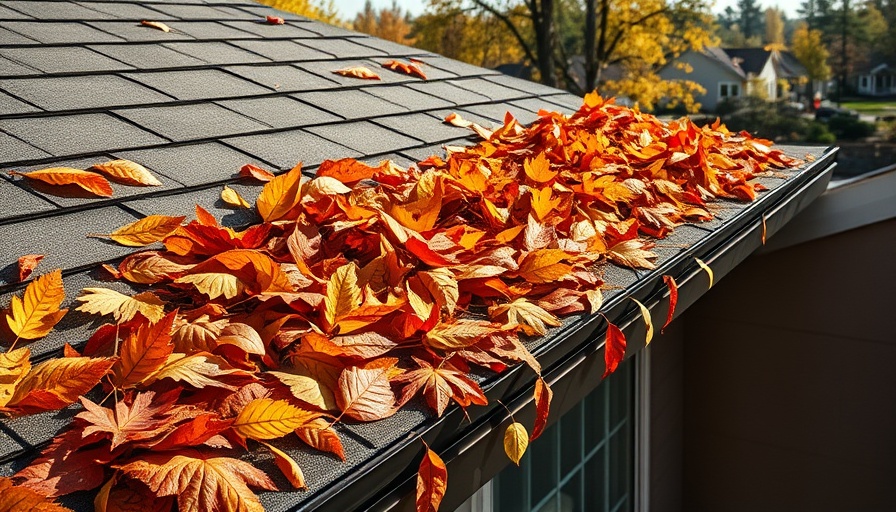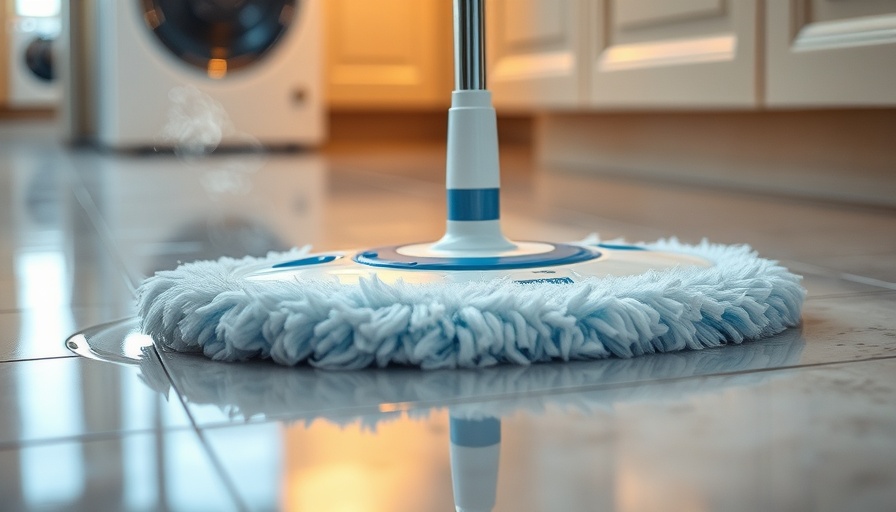
Creating a Safe and Stylish Home Environment
Ensuring your home is both secure and aesthetically pleasing is a balancing act that every homeowner faces. In today's urban settings, such as Sydney, maintaining a safe environment not only protects your home but also enhances its overall appeal. This guide delves into vital areas like pest control, garage door safety, and storage solutions that can transform your living space into a secure and stylish haven.
The Importance of Pest Control
Pest control isn't just about removing unwanted pests; it's about safeguarding your family's health. Urban homes are particularly vulnerable to rodent infestations that not only pose health risks but can also cause substantial property damage. By being proactive with pest control measures, homeowners can prevent minor issues from escalating into major problems. Regular inspections, sealing entry points, and maintaining cleanliness are essential to keeping your space pest-free. Should problems persist, it’s wise to enlist professional pest control services, which offer effective solutions for longer-term maintenance.
Garage Door Safety: More Than Just Convenience
A functional garage door is crucial for your home’s security. Common issues like obstructed sensors or broken springs shouldn't be ignored as they can lead to significant security threats. To avoid emergencies, conduct regular maintenance checks – clean the sensors, inspect for wear and tear, and ensure proper functionality. If your garage door jams or won't open, contacting a professional for emergency repairs can restore security and peace of mind quickly. Regular upkeep not only prevents breakdowns but also ensures that valuable items stored in the garage remain protected.
Stylish Storage Solutions for a Functional Home
Effective storage is key to a tidy and stylish living space. Furniture that incorporates storage solutions, such as ottomans with hidden compartments or bed frames with drawers, serves a dual purpose—maintaining an organized environment while enhancing the decor. When choosing furniture, consider pieces that blend function with style to optimize every corner of your home without sacrificing aesthetics. This approach ensures that your living space remains inviting and clutter-free.
Conclusion: Your Steps Towards a Safe Haven
Keeping your home safe, functional, and stylish is an ongoing process that involves regular maintenance and strategic enhancements. Whether it’s through pest control, garage door safety checks, or incorporating stylish storage solutions, each action contributes to creating a secure and inviting environment. Start implementing these tips today and transform your living space into the safe haven you deserve.
 Add Row
Add Row  Add
Add 



Write A Comment